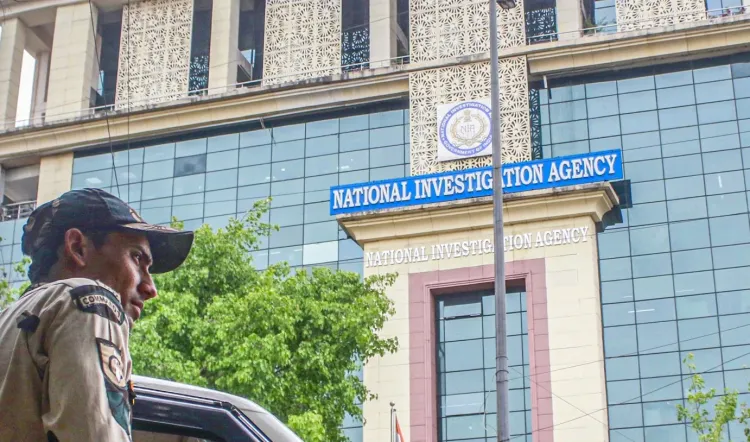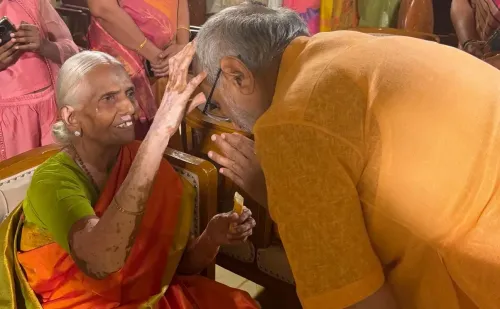What Led to Ishak Khan's Five-Year Sentence in the Fake Currency Network Case?

Synopsis
Key Takeaways
- Ishak Khan sentenced to five years for counterfeit currency offense.
- Counterfeit notes worth Rs 82,000 were seized.
- The case was initially handled by local police before being transferred to the NIA.
- The NIA's thorough investigation revealed a larger conspiracy.
- This conviction underscores the importance of combating financial crimes.
New Delhi, May 14 (NationPress) A principal suspect in the infamous counterfeit currency case in Mumbra, Thane district, has been handed a sentence of five years of rigorous imprisonment (RI) by the National Investigation Agency (NIA) Special Court located in Mumbai.
Alongside the imprisonment, Ishak Khan has been ordered to pay a fine of Rs. 10,000 for various offenses, with all sentences running concurrently, as stated by the NIA in a release on Wednesday.
Khan was one of the three individuals detained in connection with the seizure of Fake Indian Currency Notes (FICNs) amounting to Rs 82,000, in Rs 500 denominations, back in 2019.
The counterfeit notes were found at the residence of one of the accused, Jasim @ Wasim Salim Shaikh, who was initially arrested by the Mumbra police. His interrogation led to the capture of Radhakrishna Addappa, a Karnataka-based accomplice. The police filed a chargesheet against the duo in August 2019, according to the NIA.
Subsequently, the case was transferred to the NIA, which re-registered it under multiple sections of the Indian Penal Code (IPC), including sections 120B (criminal conspiracy), 489B (dealing in forged currency), 489C (possession of counterfeit notes), and 34 (acts performed by several individuals in pursuit of a shared intention).
The NIA's investigation revealed a more extensive conspiracy with substantial involvement from Khan, who was already serving time in Kolkata for another offense at the time of the FICN operation.
Investigators uncovered that Khan had orchestrated the delivery of fake currency to Shaikh while he was incarcerated, thus managing a far-reaching network of counterfeit currency distribution.
The NIA’s inquiry also involved a meticulous analysis of digital and documentary evidence, including Call Detail Records (CDRs) of mobile communications that connected the accused to the counterfeit operation. These discoveries resulted in a supplementary chargesheet being filed in January 2021, implicating all three individuals.
After a protracted legal battle, Ishak Khan admitted guilt before the NIA Special Court, resulting in his conviction and sentence. The trials for the other two accused, Shaikh and Addappa, remain underway.
This conviction represents a noteworthy advancement in the NIA's ongoing mission to combat the circulation of counterfeit currency, a persistent issue affecting the Indian economy, according to officials.









